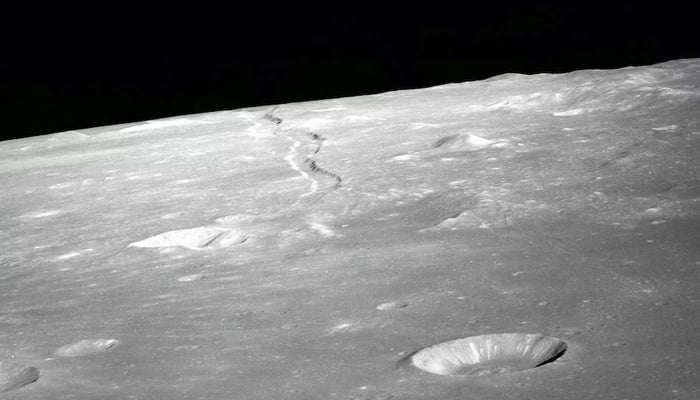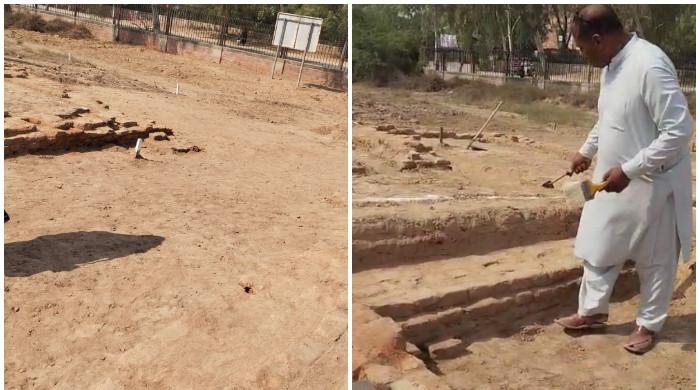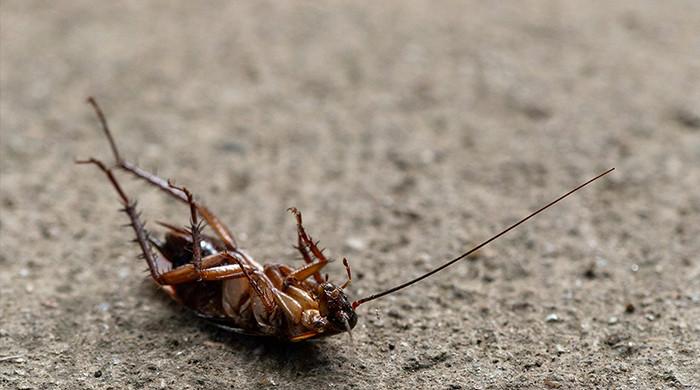Scientists hopeful of growing plants on the moon
By hydroponic farming plants would grow inside of nutrient-rich water, making soil redundant
After successfully managing to grow beans — the main source of nutrients for humans — with the help of lunar soil, astronomers and scientists from Europe have formulated a remarkable plan to grow crops and attempt to grow Agricultural products and crops on the moon.
After analysing the data about the soil of the moon, it has revealed that its soil, which is known as regolith has crucial minerals for the growth of plants, however, it has also shown that nitrogen is not available in it.
The soil of the moon also becomes thick as water is poured on it which is feasible to prevent air penetration and allows roots to grow.
In the case of nitrogen's absence, the scientists from the European Space Agency (ESA) have found another way to fulfil their objective of the lunar plantation. It is hydroponic farming in which plants grow inside of nutrient-rich water, making soil redundant.
The experts at Norway's Geotechnical Institute are onboard with the ESA scientists to achieve the aim of lunar agriculture growth — fulfilling the commitment to actually leave the planet.
With the help of mechanical characterisation, the team has finalised a plan to carry out all the necessary action needed in hydroponic farming that includes extracting all the minerals and nutrition from regolith and injecting them into the garden’s water.
According to ESA materials and processes engineer, Malgorzata Holynska, this work lays the foundation for future space exploration.
Holynska opined that attaining a sustainable presence outside earth will involve using space’s resources and gaining access to nutrients present on the moon’s surface that can help plantations.
The current study reinforces evidence of using regolith minerals to grow plants — and further allowing the scientists and experts to carry out future research on the subject, Holynska added.
-
'Who's it?' Late-night doorbell prank mystery ends with bizarre twist
-
When blue met green: Jaybirds create a one-of-a-kind hybrid
-
Australian scientists grapple with 'despicable' butterfly heist
-
Floods from Koh-e-Suleman bring 2,000-year-old coins to Punjab
-
Octopus boom triggers ‘perfect storm’ for Britain’s shellfish trade
-
Cambridge can’t escape ‘skibidi’ as Gen Z slang adds 6,000 fresh entries
-
Italian Brainrot: The AI memes only kids know
-
Nasa's Curiosity rover discovers coral-like rock on Mars












